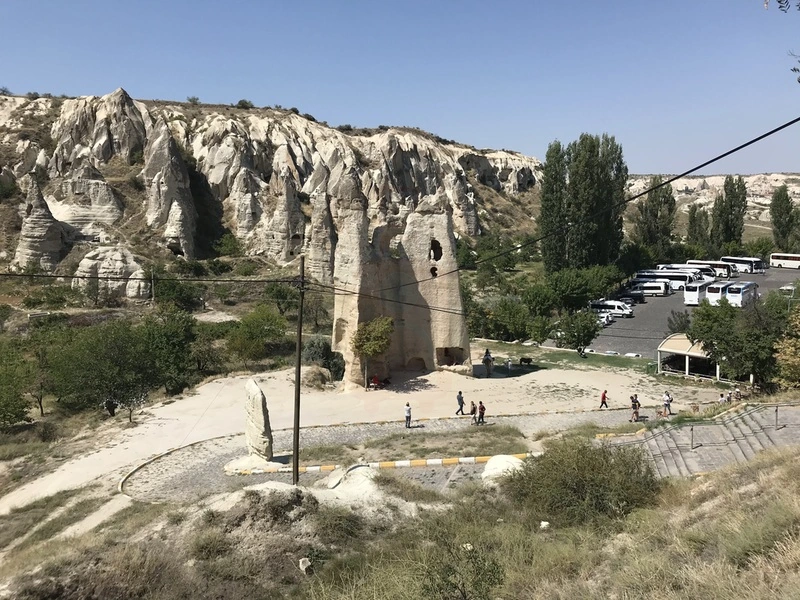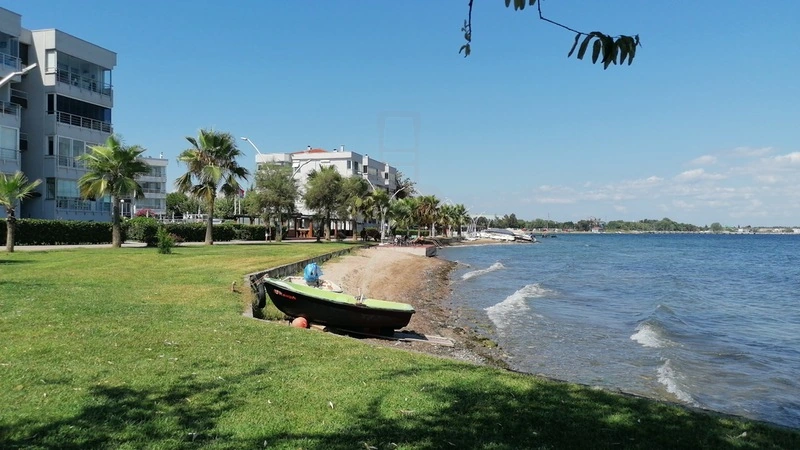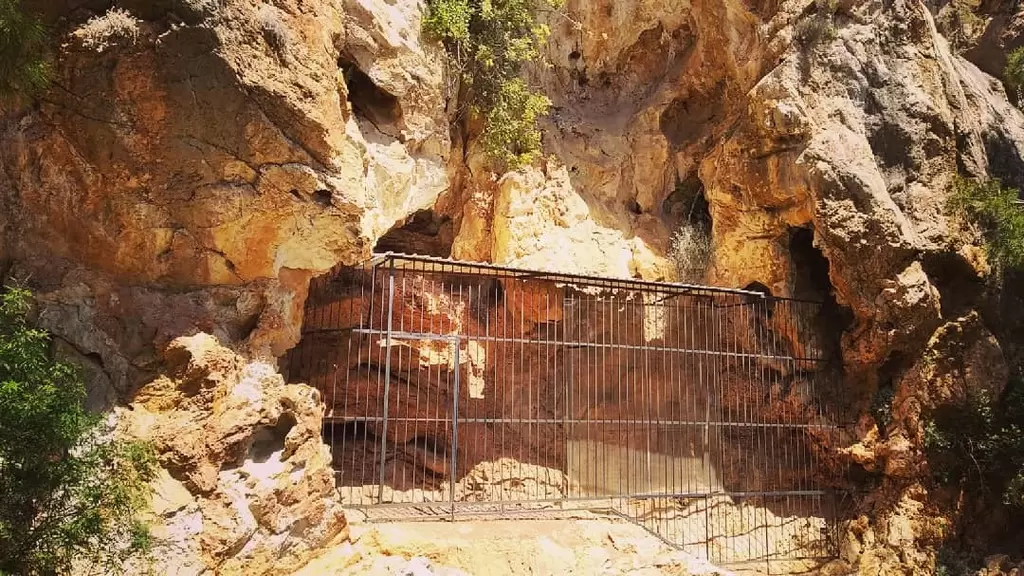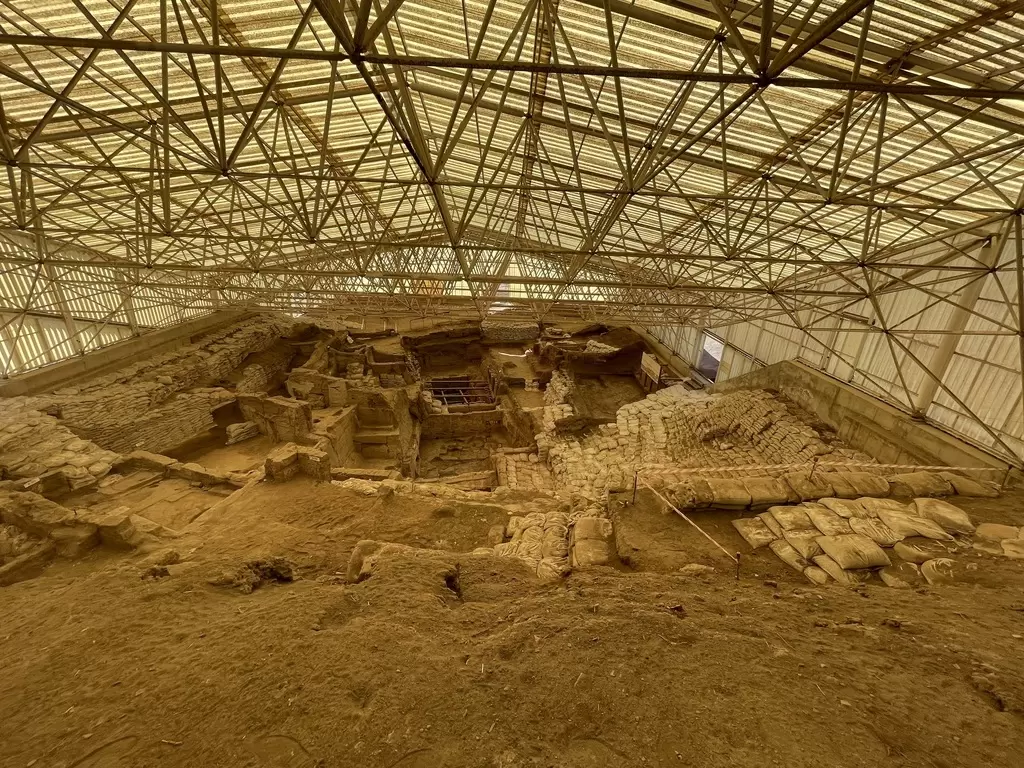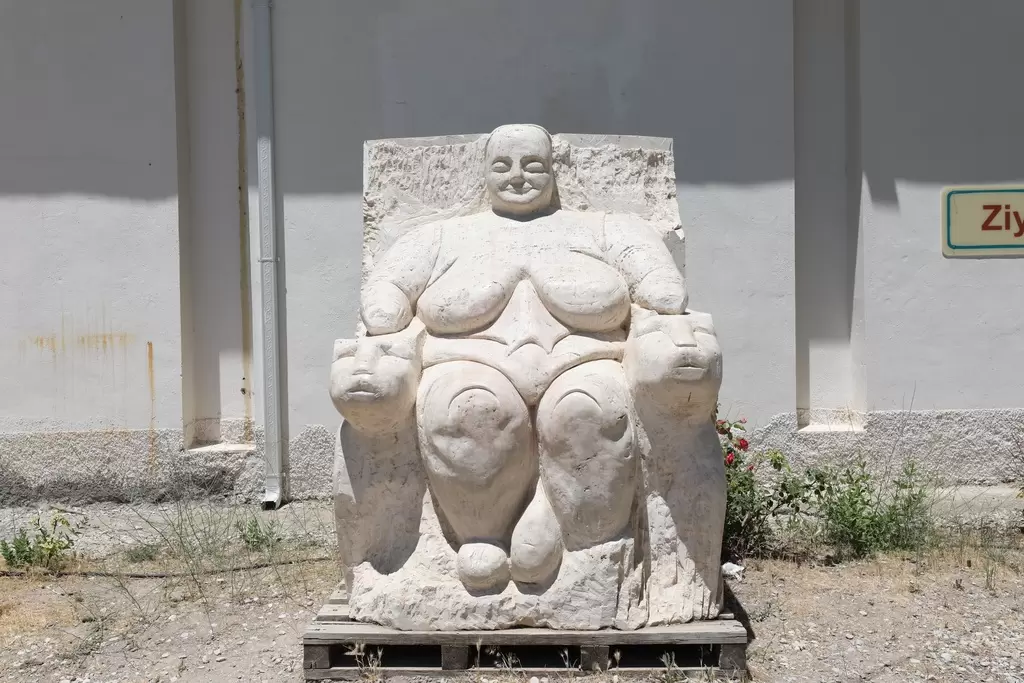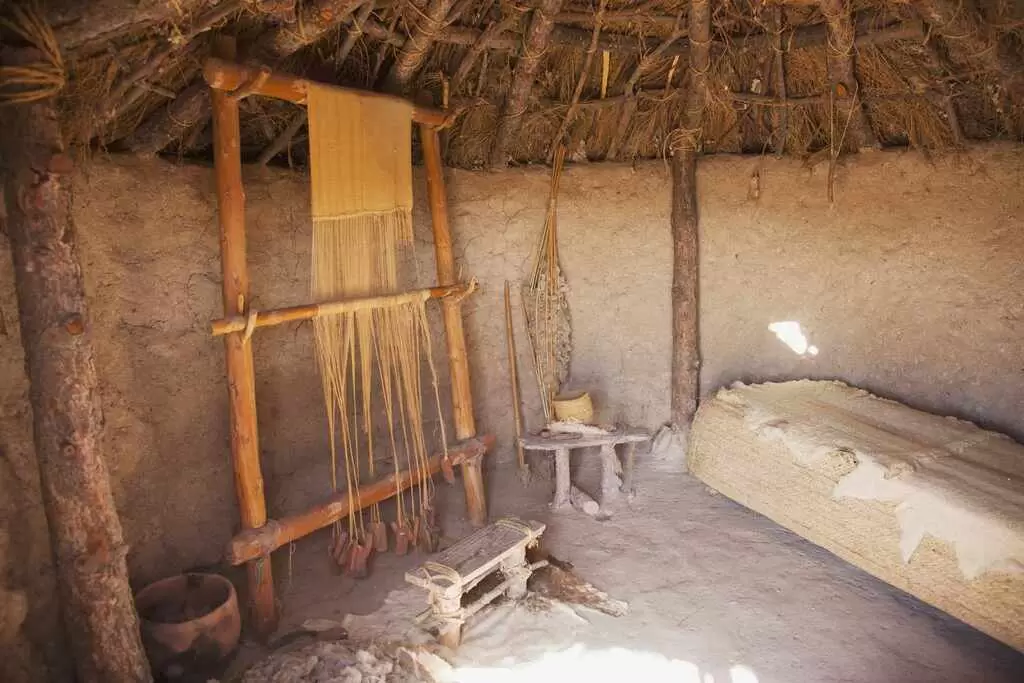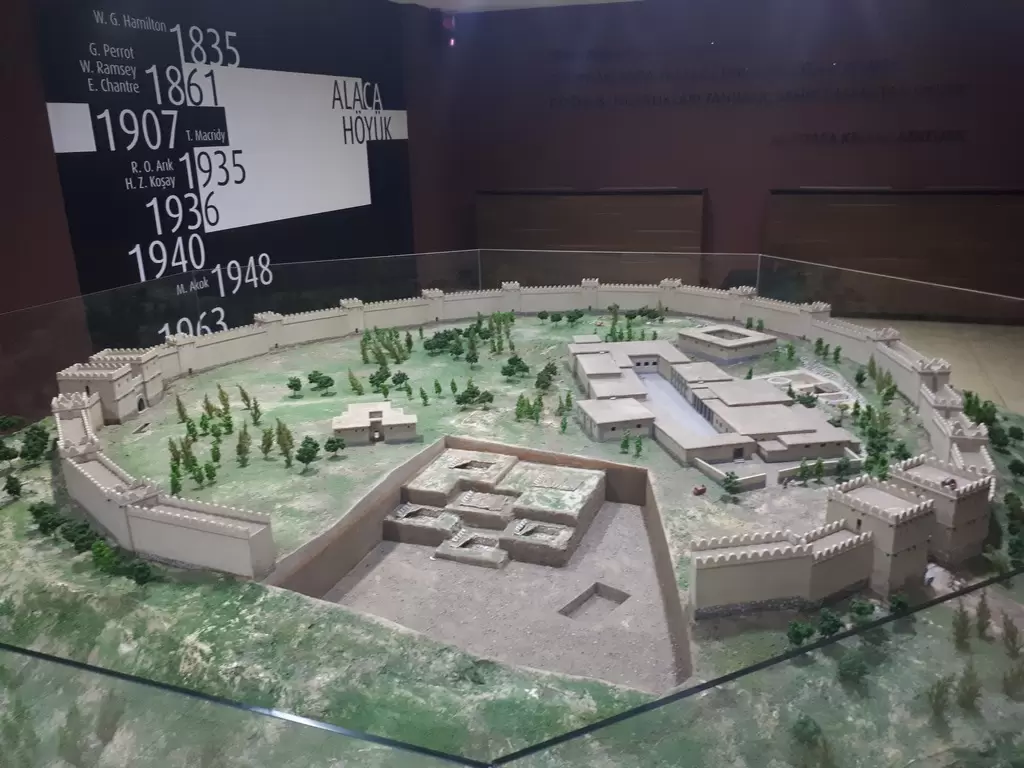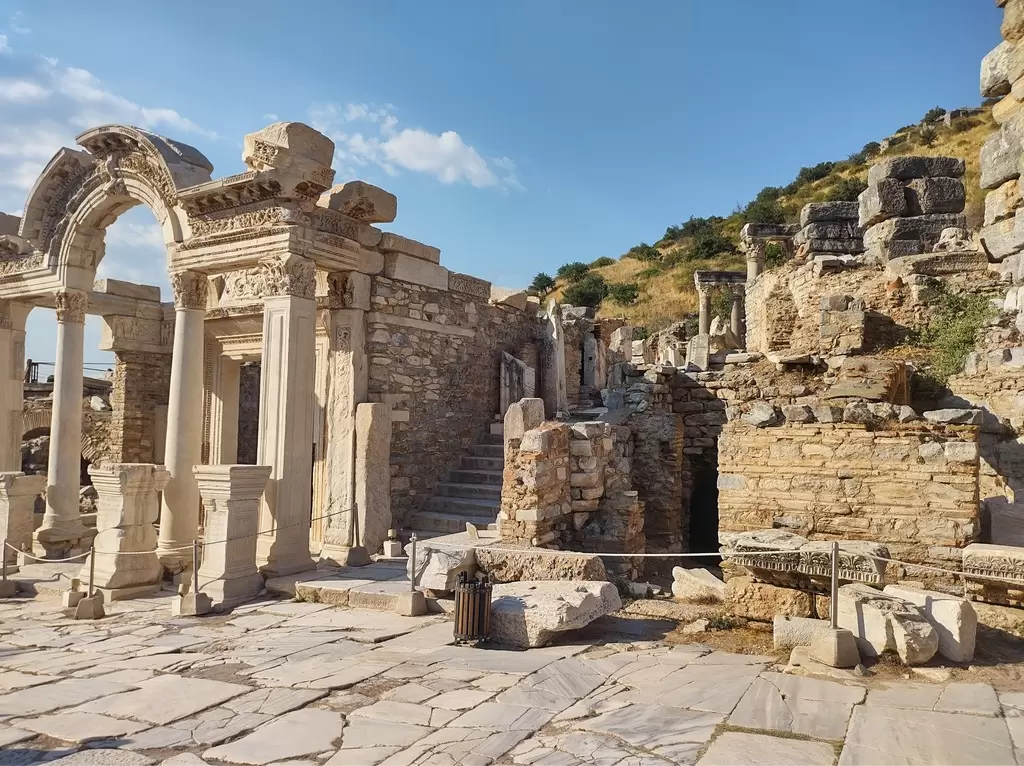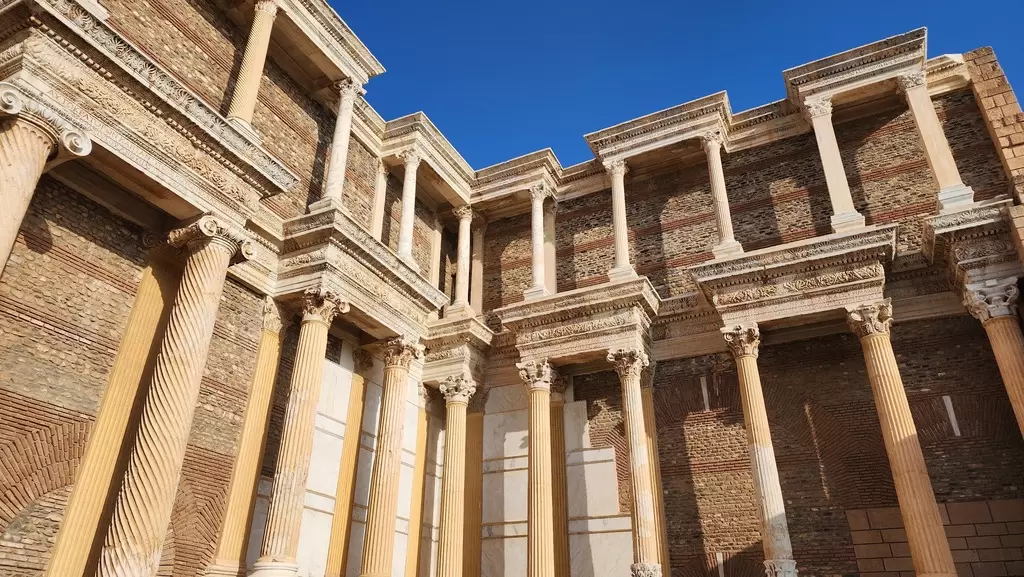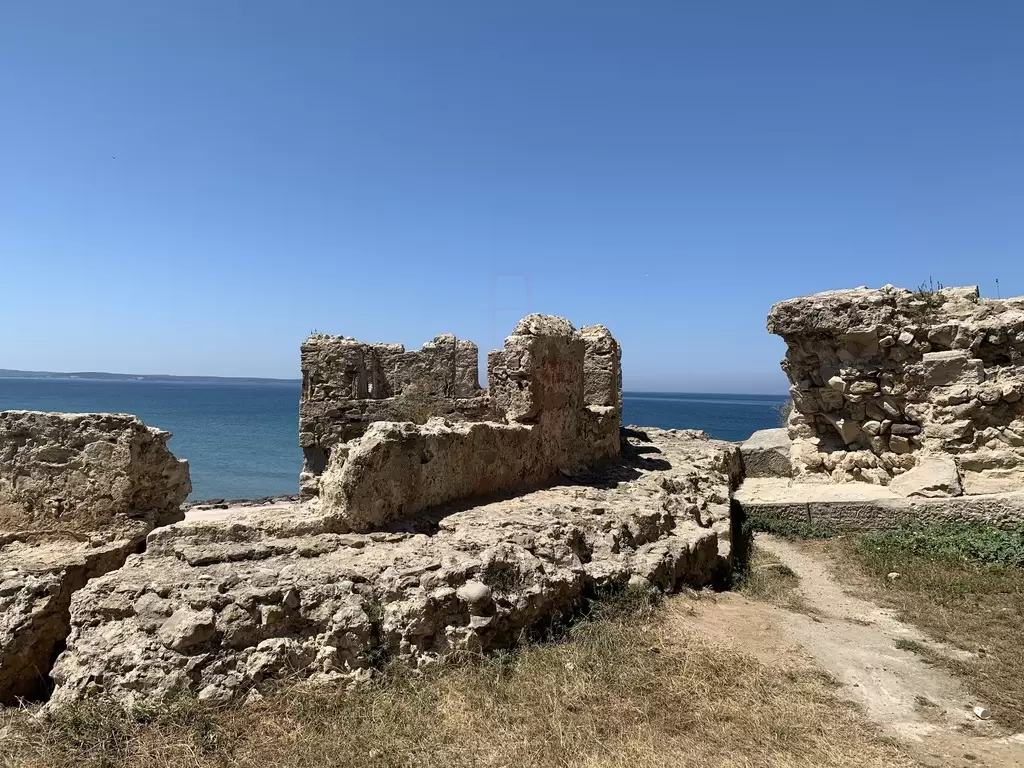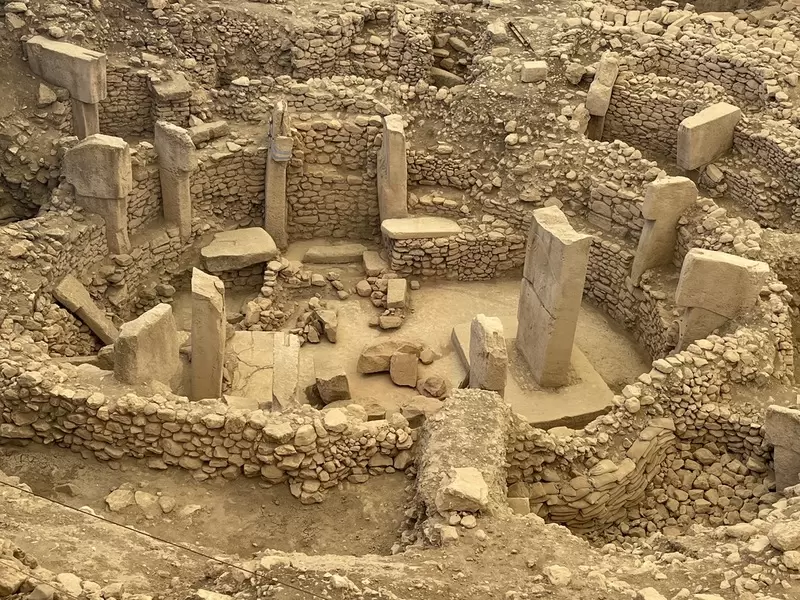
Anatolia, also known as Asia Minor, is a region that played a pivotal role in the development of prehistoric human civilization. Rich in archaeological sites, it offers a glimpse into the lives of some of the earliest known inhabitants of the earth. The area is characterized by its diverse landscapes, including mountains, plains, and fertile valleys, which facilitated early human settlement and agricultural development.
One of the most significant prehistoric sites in Anatolia is Göbekli Tepe, often regarded as the world's oldest temple. Dating back to around 9600 BCE, Göbekli Tepe features massive stone pillars arranged in circular enclosures, intricately carved with images of animals and abstract symbols. This site challenges traditional views about the origins of organized religion and societal complexity, indicating that sophisticated social structures may have existed before agriculture became widespread.
Another key location is Çatalhöyük, a Neolithic settlement that flourished between 7500 and 5700 BCE. This UNESCO World Heritage Site is remarkable for its densely packed mud-brick houses, which were built without streets and accessed through rooftops. Excavations at Çatalhöyük have uncovered a wealth of artifacts, including pottery, figurines, and vibrant wall paintings, providing valuable insights into the social and spiritual lives of its inhabitants. The artwork found here reflects the community's beliefs and rituals, showcasing their connection to nature and the supernatural.
In addition to these prominent sites, various caves in Anatolia, such as Karain Cave and Beldibi Cave, have yielded important prehistoric artifacts, including stone tools, pottery, and evidence of early human habitation. These caves served as shelters for hunter-gatherer communities, and their contents offer a glimpse into the daily lives, diets, and survival strategies of these early peoples.
The transition from nomadic lifestyles to settled agricultural societies marks a significant turning point in Anatolian prehistory. As communities began to cultivate crops and domesticate animals, they laid the foundation for social complexity and the rise of early civilizations. This agricultural revolution facilitated the growth of permanent settlements and the development of trade networks, ultimately leading to the emergence of powerful city-states and empires.
Understanding the prehistoric era in Anatolia is essential for appreciating the region's rich historical tapestry. Today, travelers can explore these ancient sites, engage with the artifacts in local museums, and learn about the profound impact of these early civilizations on the cultural heritage of Turkey. The legacy of Anatolia's prehistoric period continues to resonate, inviting exploration and reflection on the origins of human society.






